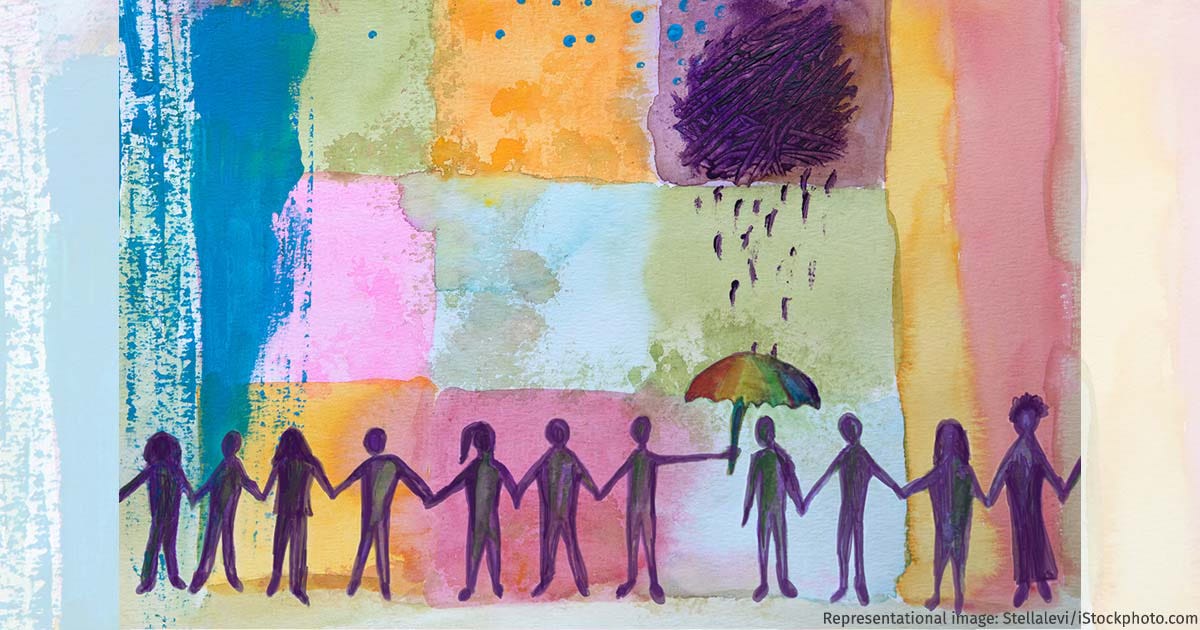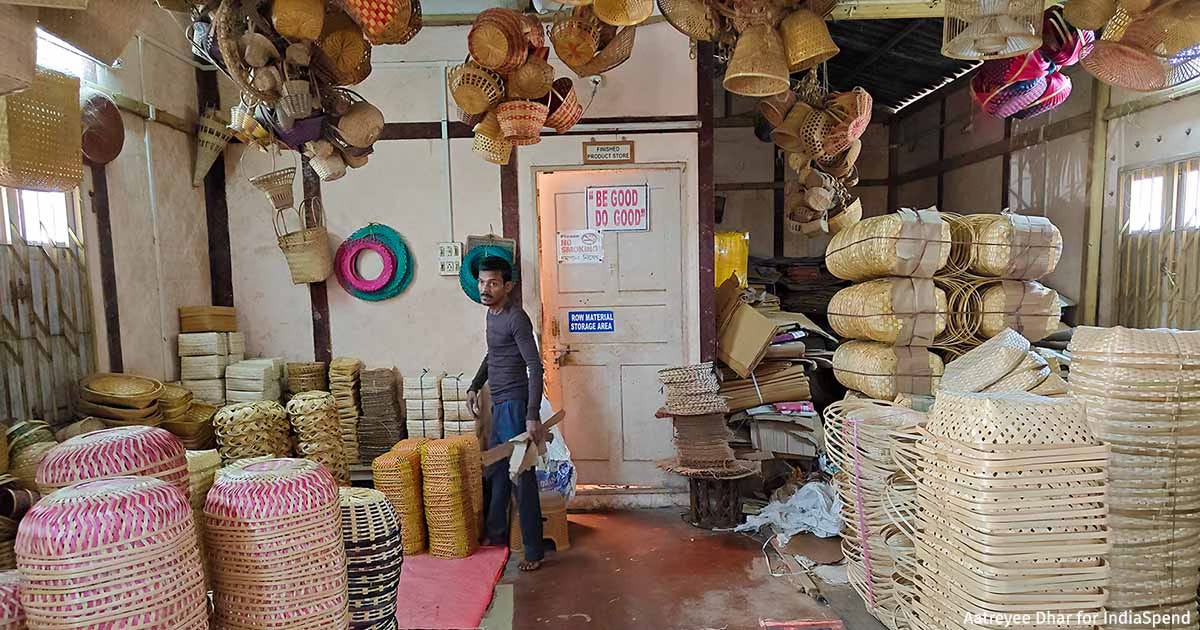What India's Suicide Data Tells Us
Also this week, the state of India's bamboo mission, how demand dictates courses in Himachal schools, and early signs of a harsh summer
Our stories this week highlight critical development challenges that extend beyond their immediate subject matter. These are stories of marginalized populations bearing disproportionate burdens, well-intentioned government programs failing to address root causes, and economic policies that don't align with social realities.
The narratives demonstrate how development initiatives often fall short when they don't account for structural inequalities, cultural contexts, or the specific needs of vulnerable populations—whether young adults facing mental health challenges or tribal farmers trying to access sustainable livelihoods. Read on:
Data from India's National Crime Records Bureau shows a 44% increase in mental health-related suicides between 2018-2022, with the pandemic years seeing the sharpest rise.
Young adults aged 18-45 account for three in five of such deaths, with men representing 72% of cases. However, experts believe the female suicide is low because instances are significantly underreported due to social stigma and misclassification.
The government launched Tele-MANAS in 2022, a national helpline that has received over 1.8 million calls and operates in 20 languages across 36 states. Mental health expert Vrushali Raut emphasizes the need for more localized awareness campaigns that simplify psychology and normalize seeking help.
India's 2024-25 Economic Survey underscores the urgency of addressing youth mental health as central to economic development, with a 2024 study estimating productivity losses from suicides among young adults at $8.8 billion. Vijay Jadhav's reporting brings the issue into sharp focus.
Despite being the world's second-largest bamboo cultivator, India holds just 4% of the global bamboo market compared to China's 65%.
Tripura's State Bamboo Mission (TSBM) provides low-quality Tulda bamboo to farmers instead of the commercially valuable Kanak Kaich variety, resulting in significantly lower yields and income for indigenous cultivators.
Land ownership issues further complicate access to the program, as most tribal farmers lack formal documentation for their forest lands. The National Bamboo Mission restricts plantations to non-forest areas, excluding most indigenous communities who traditionally inhabit forest regions.
Meanwhile, bamboo artisans report inadequate training and unpaid stipends, while the supply chain suffers from transportation challenges and declining demand following the closure of major paper mills. Many farmers are therefore abandoning bamboo cultivation in favor of more profitable rubber plantations, which offer clearer financial assistance and land documentation support through the Rubber Board. Aatreyee Dhar reports on this story of missed opportunities.
In IndiaSpend Hindi, Surendra Kumar reports on how Himachal Pradesh, once a leader in literacy, is facing a major educational setback. A recent report highlights that 129 government schools have shut down their Science and Commerce streams due to low or nil student enrollment. The decision, affecting thousands, has forced many students into the Humanities stream, against their own aspirations.
Students like Vandana and Vaishnavi, who dreamt of careers in Science, now struggle with limited options. Parents express frustration, while officials argue that resource reallocation is necessary. With declining student numbers and a rise in private school enrollments, Himachal’s public education system is at a critical crossroads.
Also in IndiaSpend Hindi, Mithilesh Dhar Dubey warns that India is about to experience an exceptionally intense summer this year, with the India Meteorological Department (IMD) warning of above-normal temperatures from April to June. The frequency of heatwave days is expected to double in several states, with record-breaking temperatures already observed as early as February—an unusual occurrence.
Experts warn that the rising heat could have severe consequences on agriculture, water availability, and public health. Wheat, vegetables, pulses, and sugarcane yields may decline, leading to food inflation. Heatwaves are also likely to increase hospital admissions due to heat-related illnesses.
While IMD predicts above-normal rainfall in some regions, the overall rise in heatwave intensity and warmer nights highlights India's growing climate crisis. The data from early 2025 suggests that extreme weather patterns—once rare—are becoming more frequent, posing long-term challenges for both policymakers and citizens.






